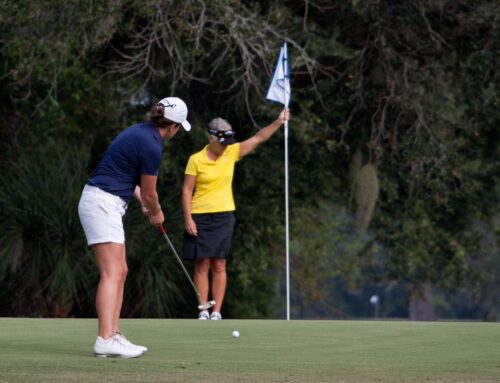 There are basically three types of sprains: grade I, grade II and grade III. A grade I sprain is a mild tear in the ligament, while grade II is somewhat more serious. However, a grade III sprain represents a total rupture of the ligament and may require surgery. Even a grade I sprain benefits from a PRICE procedure to keep it from worsening. The PRICE procedure means Protect, Rest, Ice, Compress and Elevate the area of the injury.
There are basically three types of sprains: grade I, grade II and grade III. A grade I sprain is a mild tear in the ligament, while grade II is somewhat more serious. However, a grade III sprain represents a total rupture of the ligament and may require surgery. Even a grade I sprain benefits from a PRICE procedure to keep it from worsening. The PRICE procedure means Protect, Rest, Ice, Compress and Elevate the area of the injury.
Where Can One Suffer a Sprain?
A sprain can occur wherever there is a ligament. There are about 400 joints in the human body, most with ligaments to support them, including finger, knee, groin and hamstring ligaments at the backs of the thighs, the ankle, the back and the neck.
Ankle Sprains
Sprains are common in ankles. There are also three types of ankle sprains. The inversion sprain happens when the ankle rolls out and the foot rolls in, which stresses the ligaments on the outside of ankle. The eversion sprain is just the opposite. The ankle rolls in and the foot rolls out and damages the ligaments on the ankle’s inside. There’s also the high ankle sprain, which happens when one foot twists away from the other, or is forced to be still while the leg rotates.
What to Do About a Sprain
A person should see a doctor for a possible sprain if the joint can’t be moved, can’t bear the person’s weight or is very painful, swollen, numb or red. Indeed, sometimes a broken bone is mistaken for a sprain. Our orthopedists at Coastal Orthopedics can diagnose the condition quickly and accurately. Sometimes, all that’s needed is the PRICE therapy and a course of pain medication.





